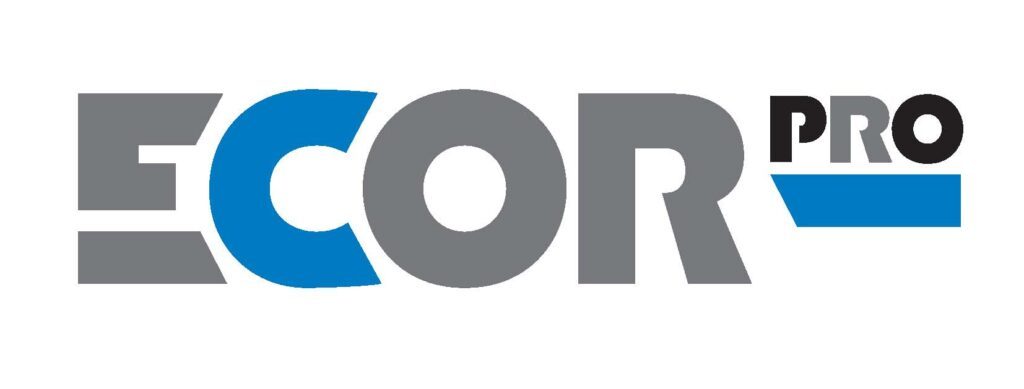Dehumidifiers and the drive for energy efficiency

With the world facing a climate change crisis, cutting energy use and reducing our carbon footprint has reached the top of the agenda. Businesses are under pressure – from both their clients and the public – to move towards carbon neutrality and highlight their ‘green’ credentials, while homeowners are looking for every opportunity to reduce their bills as electricity prices soar.
Recent invents in Ukraine, and the inevitable further hike in energy costs that will follow Russia’s invasion, have again highlighted the need for more efficient use of an increasingly expensive resource.

For Ecor Pro, the drive for efficiency is nothing new. The team, led by managing director Martin Gray, has always sought to combine class-leading results with minimal impact on the environment.
That determination to avoid compromise has seen Ecor Pro unveil dehumidifiers such as the DH1200, which has the least possible impact on the environment while doing an impressive job of removing excess humidity. Launched in 2016, it is sold as the EPD50 in the USA.
Desiccant dehumidifiers have been shown to be far more efficient than refrigerant models, removing up to four times more water at lower temperatures – and because the water is removed as a vapour rather than being collected in a tank, there’s no chance of a secondary leak or flood.
But can a desiccant dehumidifier compete with the positive input ventilation (PIV) systems that have been used to remove moisture from homes for many years now? Construction UK asked consultant Jerry Gibbs, a renowned expert on the science behind dehumidifiers and an important part of the Ecor Pro team.
“A PIV system works by pushing fresh filtered air into a building in order to push humid air out, but that means pushing air you have paid good money to warm up straight out of the building,” he said. “That’s not just crazy, but goes against all the government guidelines designed to save heat and reduce carbon usage.”
So, a desiccant humidifier is not just far more efficient than a refrigerant unit at removing moisture from the air, it also avoids the need to keep the central heating running constantly to top up the heat that would be expelled by a PIV system.
It’s a persuasive argument, so why haven’t we heard it before? The answer is simple. Desiccant dehumidifiers designed for domestic use have only been around for the past ten years ago, and are only now coming into their own, with rising energy costs and the drive for carbon neutrality making them increasingly attractive.
Ecor Pro dehumidifiers are built to the exacting standards demanded by the flood restoration industry and have a variety of applications, from boats and swimming pool buildings to attics, basements and warehouses.
A refrigerant dehumidifier will do a similar job, but that technology turns vapour into water that then has to be emptied from a storage tank, whereas desiccant models vent the moisture away and out of the building, meaning there’s nothing to empty. And then there’s the cost.
A fully installed domestic refrigerant system cost around £1,500 30 years ago, while today’s desiccant models are cheaper to buy and can be installed quickly and easily.
“Our engineers are determined to reduce the company’s carbon footprint and deliver the most energy-efficient dehumidifiers available,” said Martin Gray. “Their aim is to ensure that the amount of energy needed to extract each litre of liquid using an Ecor Pro model is the lowest in its category.”
Jerry Gibbs added: “Using less electricity to do the same job not only has a direct cost saving for customers but also helps preserve the planet. We also contribute to sustainability by making sure our dehumidifiers are built to last and can be repaired quickly and easily if ever something does go wrong.”
With more than 40 years’ experience in the market, Ecor Pro has developed a wide range of machines. The materials used reflect the focus on quality, with those designed for the marine environment, for instance, made from 316 Marine Grade stainless steel.
The company’s extensive range is another environmental plus. “It’s important not to overspec the machine,” explained Jerry. “Our wide choice means you only need to run a unit that will do as much as you need it to. It’s another way of ensuring energy efficiency.”
For more information on Ecor Pro’s products and services, visit our website. You can find out more about the DH1200 DryFan 12L Desiccant Dehumidifier here.
Website: www.ecor-pro.com

